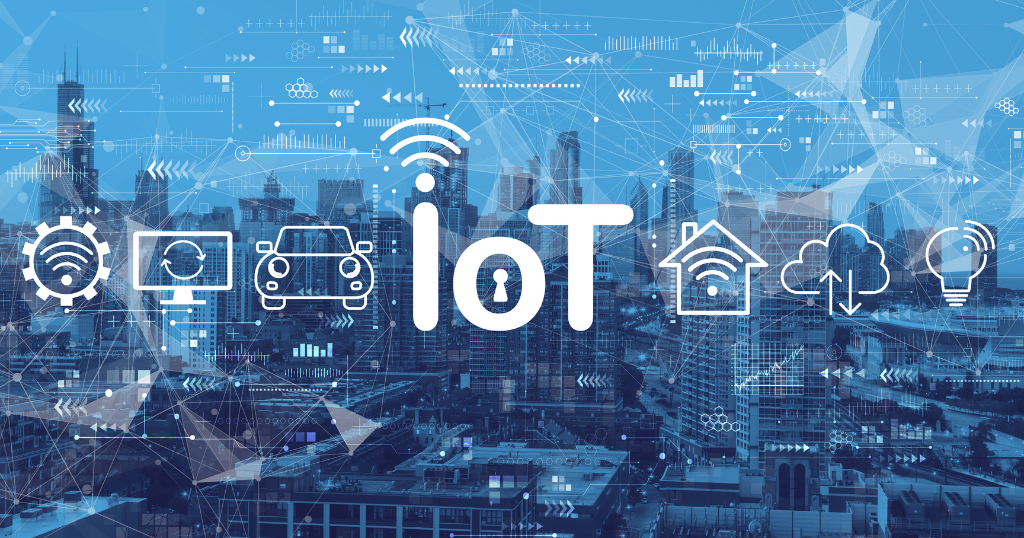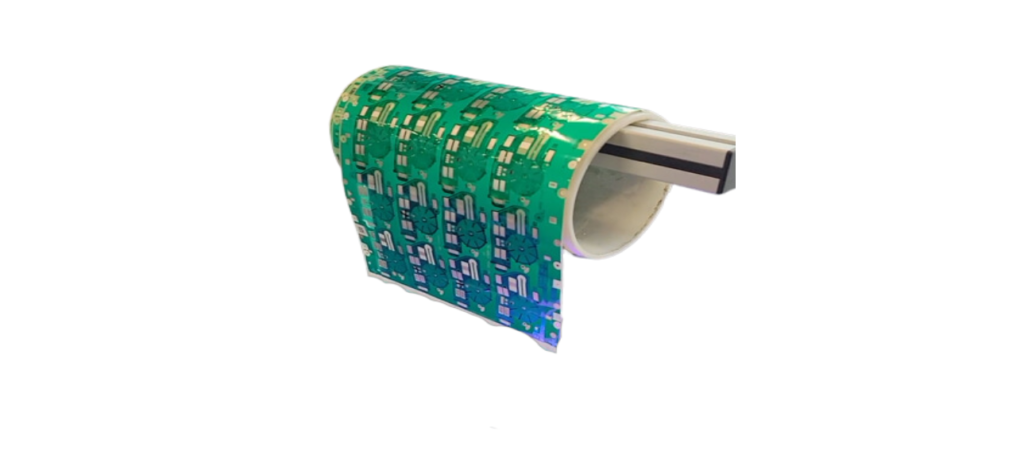
The Internet of Things (IoT) is gaining prominence as it is establishing itself in many spheres of life. Smart cities, smart factories, management of public lighting, and noise pollution monitoring are only a few prominent applications of IoT. Although this technology has helped in improved connectivity that translates to high productivity, improved efficiencies and increased profit margins, it has also led to a surge in energy consumption and electronic waste. Thus, attaining sustainability in IoT device manufacturing has become a regulatory and sustainability objective for many electronic contract manufacturers. Flexible electronics emerges as a reliable solution in this context. It offers a transformative approach with its energy-efficient attributes, small footprint, and lightweight designs. Its integration into IoT applications helps electronic manufacturers design devices that are versatile and benevolent in their ecological impact. This post throws light on what goes into making environmentally friendly flexible electronics to develop sustainable IoT solutions.
Role of Flexible Electronics in Developing Sustainable Solutions
The flex circuits market segment is gaining momentum partly because can bend and conform to any shape. This suits the needs of electronics contract manufacturing companies as well as OEMs as the size of these devices has reduced while the functionalities have increased. Flex circuits can accommodate multiple components with complex wiring in a very small space. Aside from this, flex circuit manufacturers now focus on using recyclable materials and developing final products that consume less energy. While the final products do help control global warming in many ways, the IoT devices are designed to be sustainable by using ecofriendly flex circuit substrates and materials that can be recycled or reused. These include silicone, polyetherimide, polypropylene, polyester, and more. Most of these devices have advanced sensing solutions that help detect daylight, occupancy and more. This ultimately reduces electricity consumption as lights go into sleep mode when nobody is around. This is just one aspect. Flex electronics are used in IoT applications across industries such as automotive and transportation, medical devices, defense, and more.

IoT Solutions for Sustainability
Internet of Things over the last few years has transformed the way devices communicate with each other. This is a market segment that is only expected to grow over the next few years. This increases the responsibility of device manufacturers as well as researchers in terms of developing environmentally sustainable solutions. IoT really has transformed our lives in terms of automation, remote management of devices, and so on. Sustainable IoT solutions have also helped reduce heat generation in devices, radiation, resource consumption, and based on the applications reduced pollution, power consumption, greenhouse gas emissions from industrial sources, and more. This is because the moment an installed smart device senses smoke or changes in air quality, or other such factors depending on the application, it immediately raises an alarm to take action. These kind of IoT applications range from industrial emissions control, traffic control and intelligent transportation, noise pollution monitoring systems, smart cars, to agricultural equipment, medical devices, smart meters, and smart home systems. Most of these systems use flexible electronics. While research is going on to develop green IoT solutions, currently the focal point is energy savings and reducing emissions and radiation as well as use of robust, rechargeable batteries along with achieving cost effectiveness. Further use of green technology will reduce wastage, toxicity due to disposal of batteries, and many more benefits for the environment. Further development of green IoT solutions will involve nanotechnology and artificial intelligence along with flex circuits as the base.
Understanding IoT Architecture
IoT architecture for any smart device and its connectivity comprises four layers – application, processing, network, and perception. Application refers to the actual implementation of smart device systems such as smart cities, smart homes, and so on. Processing refers to network, storage, and service centers such as data centers, cloud storage, and more. Network refers to the routing methodology used for data transfer and connectivity, such as wired Ethernet or fiber optics, Wi-Fi, NFC, Bluetooth, and so on. The last one which is called perception layer comprises devices such as sensors, RFID tags, cameras, memory, energy harvesters, and so on, and is important from the point of view of flexible electronics. These devices are instrumental in achieving sustainability. While this includes the skill and expertise of the design engineer, it also involves parameters such as choosing the right substrates and performance of perception layer devices, especially from sustainability point of view. The next two sections focus on these two parameters.
Performance of Perception Layer Devices with Regards to Sustainability
Here are some pointers regarding research and efforts being made to develop sustainable devices such as RFIDs, sensors, and more.
- Connectivity and inter-device communication is important for any IoT application. RFIDs play a huge role in identification and tracking at physical and sensing levels. There have been efforts made to develop environmentally-friendly RFIDs using recyclable substrates and ecofriendly materials for printing. This means reduction in plastic substrates as well as adhesive layers.
- Sensors are integral to almost all electronic systems including IoT. They sense various environmental parameters, temperature, pressure, occupancy, and more depending on the application. Biocompatible sensors are already used in medical devices. Sensors in other applications can be made from paper-based substrates. Research shows these ecofriendly sensors have shown equally good performance in terms of electrical conductivity, mechanical stability, and so on. Carbon-based sensing materials such as graphene are widely being used. Methods such as laser-derived graphene (LDG) are gaining traction in this regard for developing biosensors with flexible sensing abilities, good electrical conductivity, fast electron mobility, and so on.
- Memory is important as humungous amounts of data is stored, transmitted, and analyzed. Flexible RRAMs are being developed using ecofriendly substrates and storage materials.
- Considering the penetration of IoT in multiple market segments, the increase in electrical supply needs to be considered, and more so from an ecological perspective. Hence, the use of energy harvesters is gaining traction as self-powered devices have a surge in demand, and this is likely to continue into the future.
If you are a manufacturer of compact yet complex electronic and electrical devices, using flex circuits instead of PCBs is perhaps the best option. However, opt for a known flexible circuit manufacturer with a patented technology in this regard to get the right output. Automated Assembly Corporation is known player in the flexible electronics segment. As a known flex circuit manufacturer, the company focuses on using their Roll To Roll “R2R” SMT-Flex®, technologies to create sustainable and innovative products across industries such as medical, automotive, LED, pharmaceuticals, and other crucial sectors. For any further information regarding these flexible circuit processes and applications, you can contact us today via phone or email.
